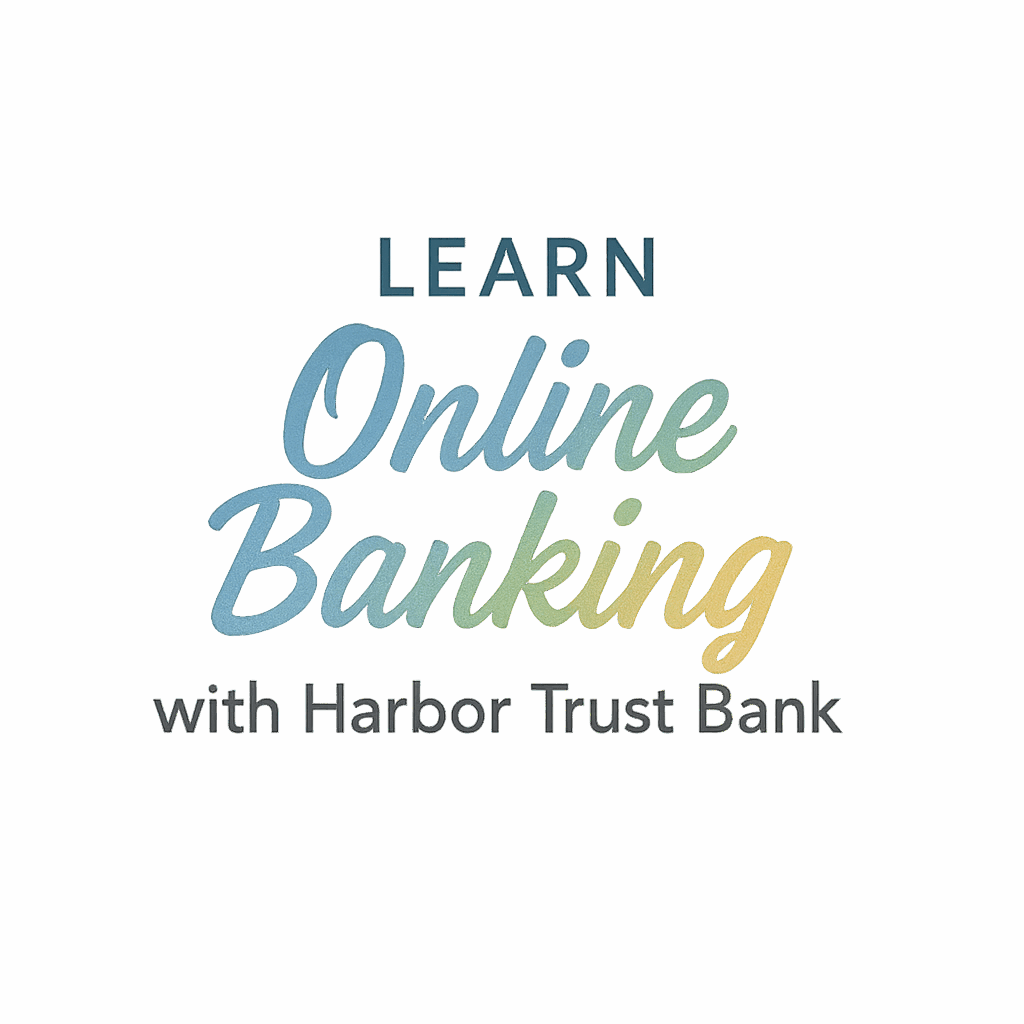Introduction
Keeping track of your spending shouldn’t feel like solving a Rubik’s Cube blindfolded. Thankfully, online banking tools have made it easier than ever to manage your finances from the palm of your hand. Whether you’re budgeting solo, with a partner, or managing a family, digital banking can help you stay on top of your financial game.
In this article, we’ll explore 7 ways to track expenses with online banking tools, giving you a powerful, hands-on approach to financial clarity. If you’re tired of guessing where your money went, this is for you.
Why Expense Tracking Matters
The Modern Financial Challenge
In today’s fast-paced world, we often swipe, tap, and transfer money without much thought. But before you know it, your checking account is gasping for breath, and you’re wondering how those coffee shop visits added up to $200 a month.
The Solution: Online Banking Tools
That’s where online banking steps in. Modern platforms like Harbor Trust Bank offer powerful, easy-to-use tools that make tracking expenses almost fun (yes, really).
1. Use Categorized Transaction Histories
How Categorization Works
Ever wish your bank could just tell you where your money’s going? Categorized transaction histories do just that. Online banking platforms automatically sort your expenses into categories like groceries, dining, subscriptions, gas, and more.
Benefits of Categorized Views
- Instantly spot areas where you overspend
- Compare your spending month-to-month
- Build smarter budgets based on real data
With Harbor Trust’s advanced features, these categories update in real-time, giving you accurate financial snapshots any time you check in.
2. Set Up Real-Time Alerts for Spending
What Types of Alerts Can You Enable?
Most online banking apps let you set up custom alerts for:
- Transactions over a certain amount
- Low balances
- Budget limits exceeded
- Large deposits or withdrawals
Stay on Top of Budget Goals Instantly
These alerts help you take control before overspending spirals. It’s like having a mini financial advisor in your pocket, tapping you on the shoulder when things go sideways.
Check out Harbor Trust’s tips and tricks for setting up smart alerts that match your financial goals.
3. Monitor Shared Accounts with Spouses or Family
Transparency Without the Awkward Talks
Whether you’re splitting bills with a roommate or sharing finances with your partner, tracking expenses together is key. Online banking makes it easy by letting both account holders view transactions in real time.
Managing Budgets as a Team
- Set shared budget categories
- Monitor spending together
- Avoid duplication or surprise purchases
Harbor Trust makes this seamless through its for families tools, giving both partners full transparency and access.
4. Use Built-in Budgeting Dashboards
Visual Insights into Spending Habits
Let’s face it—numbers can be boring. But colorful graphs and pie charts? That’s a whole different story. Budgeting dashboards show you exactly where your money goes using visuals you’ll actually want to look at.

Personalized Budget Categories
You can even customize your dashboard to reflect your unique goals—like limiting your food delivery budget or increasing your savings rate.
New to budgeting? Start here with Harbor Trust’s guide.
5. Automate Expense Reports and Downloads
Monthly Summaries Straight to Your Inbox
You don’t have to be a spreadsheet wizard to track expenses. Many online banks send monthly summaries straight to your inbox. You’ll see:
- Monthly spending totals
- Top categories
- Recurring charges
Export to Excel, Google Sheets or Accounting Apps
With just a click, you can export your data and use it with QuickBooks, YNAB, or your favorite budget planner. It’s all about saving time without sacrificing detail.
Set up automation with Harbor Trust Bank to make it effortless.
6. Utilize Tagging and Search Functions
Add Tags to Track Projects, Events, or Clients
Got a side hustle? Planning a wedding? Tagging lets you mark transactions for specific goals. Just add a tag like #wedding or #business-expense, and boom—you’re ready to filter your data with ease.
Instantly Find Specific Purchases
Need to find that Amazon purchase from last December? Use the search bar, type a keyword, and you’re there in seconds. No more scrolling through hundreds of lines.
This feature is available in many online banks, including Harbor Trust’s feature set.
7. Access Security-First Tracking Tools
Safe Access Across Devices
You want tracking tools, not trouble. That’s why online banking platforms are packed with security features: two-factor authentication, biometric logins, and secure encryption.
Parental Controls and Permission Settings
Managing your kids’ accounts? Harbor Trust’s security and privacy tools allow you to set up custom parental controls and view-only access.
Want peace of mind? Visit Harbor Trust’s resources on account safety, shared accounts, and more.
Conclusion
There you have it—7 powerful ways to track your expenses using online banking tools. Whether you’re diving into personal budgeting, managing shared finances, or just want more control over your money, online tools offer clarity, convenience, and peace of mind.
Start simple. Pick one feature. Then build from there. Before you know it, you’ll be mastering your money like a pro.
Ready to take the next step? Explore Harbor Trust Bank and their full lineup of online banking features, from automation to privacy-first tools.
FAQs
1. What’s the best online banking tool for tracking expenses?
Harbor Trust Bank offers some of the most user-friendly tools for expense tracking, including categorized spending, alerts, and budgeting dashboards.
2. How often should I check my online banking dashboard?
It’s best to check in at least once a week, though daily check-ins give you more real-time insights and control.
3. Can I link third-party budgeting apps to my online banking?
Yes! Many platforms let you integrate with apps like Mint, YNAB, or QuickBooks. Harbor Trust also allows easy data exports.
4. Are online expense tracking tools safe?
Absolutely. As long as you’re using a secure bank like Harbor Trust Bank that offers encryption, 2FA, and privacy controls, your data stays protected.
5. Can couples track expenses together using the same account?
Yes. Shared or joint accounts let both parties monitor transactions, set budgets, and stay on the same financial page. See Harbor Trust for Couples.
6. How do real-time alerts help with expense control?
Alerts give you instant notifications about spending, helping you catch unusual activity or stay within budget before it’s too late.
7. Where can I learn more about Harbor Trust Bank’s tools?
Visit their Getting Started page or browse tags like finance tips, online banking, and guide.


